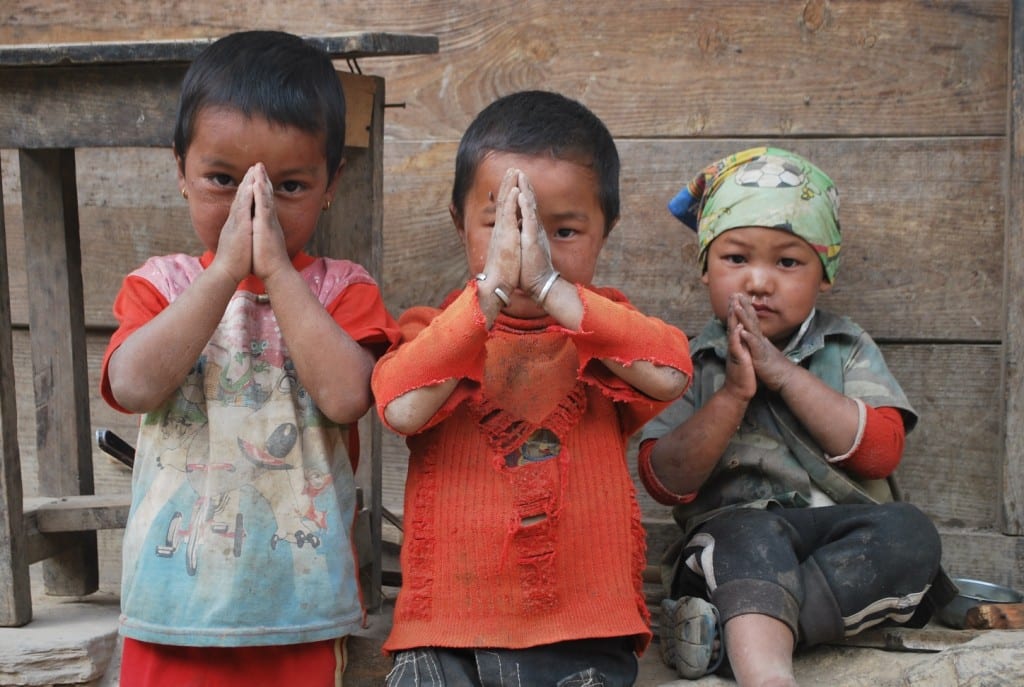
Due to constant changes in the political scene, Nepal’s economic development has always been complicated. From being ruled by a monarchy to being under the leadership of the communist party last year, this country’s economic state has been tough. The isolated agrarian society entered the modern era in 1951, with no hospitals, roads, electric power, civil service, industry, or schools. However, the country has made significant progress in achieving sustainable economic growth.
According to the Central Bureau of Statistics, Nepal will have a 2.27% annual economic growth in 2020 due to the impact of the ongoing pandemic. The CBS also projects that the growth rate of the nation’s GDP (gross domestic product) will be around a quarter of what the government projected. That has been caused by the ongoing lockdown in most countries, which has hindered travel and tourism in fascinating sites like Mount Everest and other scenic areas.
The hospitality industry is also going through a major hit, leading to a significant loss of income as people continue to adhere to social distancing advice. While releasing their report, CBS, which is Nepal’s central agency for collecting, analyzing, processing, consolidating, and publishing statistics, projected the country’s per capita income to be Rs 126,018 for the year 2076.
The CBS also corrected the projected per capita income for this fiscal year. The organization announced a per capita income of USD 1039, after projecting it to remain at USD 1034. As a result, Nepal’s annual GDP is expected to grow at a rate of 2.27% compared to the current price.
Comparing the statistics of the last three years, the report concludes that the contribution of tertiary and primary sectors has been increasing gradually. However, secondary sectors have been decreasing their contribution to the economy to some extent.
Nepal’s main economic activity remains agriculture, employing about 65% of the country’s population and contributing 31.7% GDP. That’s quite impressive, considering that only 20% of the country’s total area is arable, while 40.7% is covered by pastureland, forest and shrubs. The rest of the country is covered by mountainous regions.
The main crops grown in the country are fruits and vegetables like potatoes, tomatoes, apples, peach, pears nectarine, and various salads. Nepal also grows wheat and rice, with the lowland Terai region producing agricultural surplus that feeds food-deficient hill areas. However, the country’s GDP heavily depends on foreign workers, who contribute 9.1%.
While analyzing this year’s statistical data, CBS divided the industrial sector into three sections. That includes Tertiary, secondary and primary sectors. The primary sector features agriculture and fishery, mining & quarrying and forestry, all contributing a total of 28.20% to the GDP. Manufacturing, construction, water, gas, and electricity were categorized in the secondary sector, contributing 13.72% to the GDP.
The CBS also projected that the tertiary sector’s contribution to the country’s GDP would be 58.08%. This sector includes retail and wholesale trade, restaurant and hotel, communication and storage, social work, health, education, defense, financial inter-mediation, transportation, and other community services.

